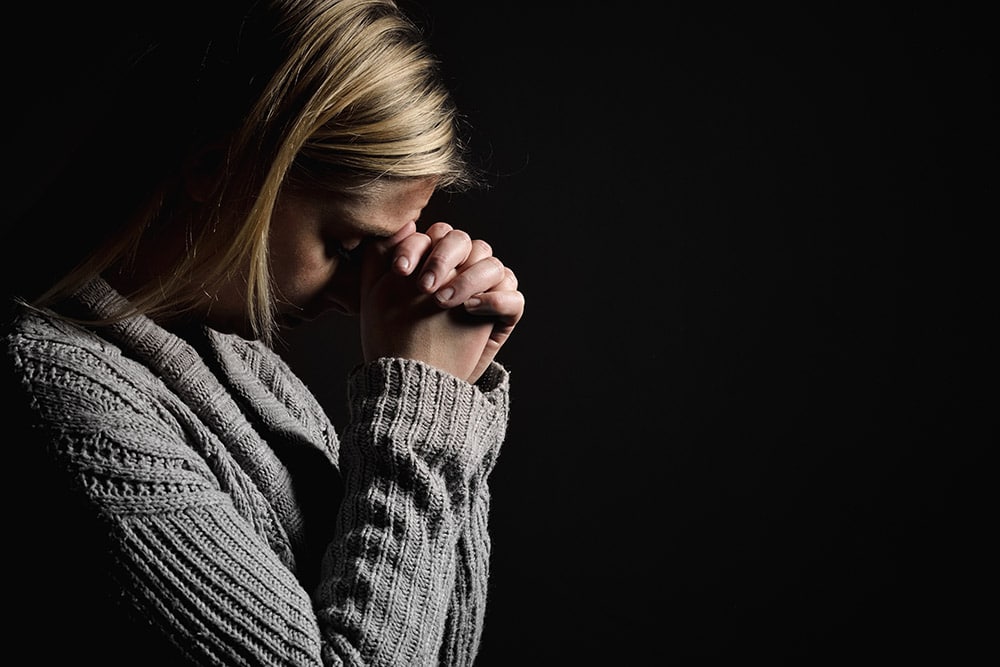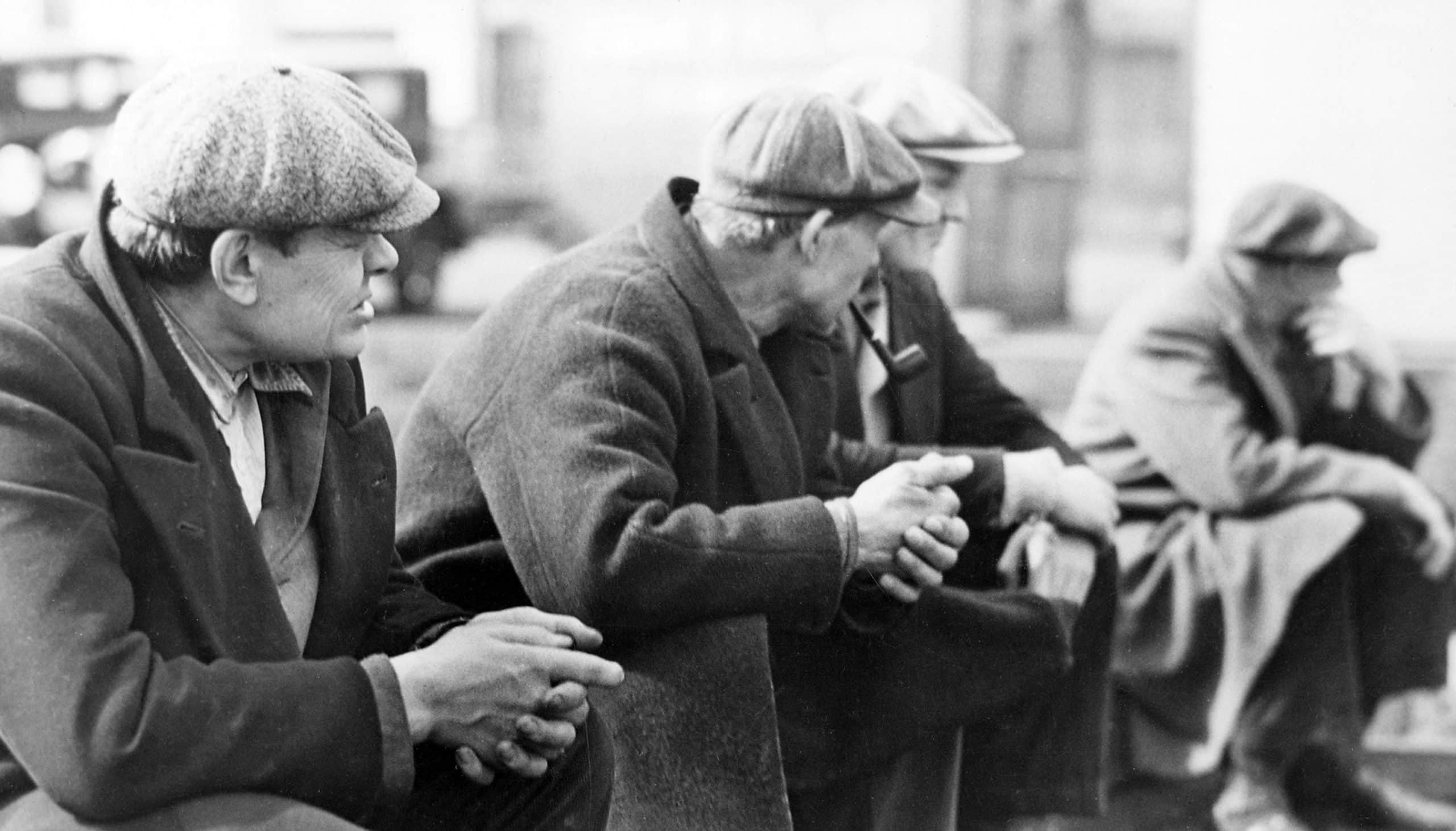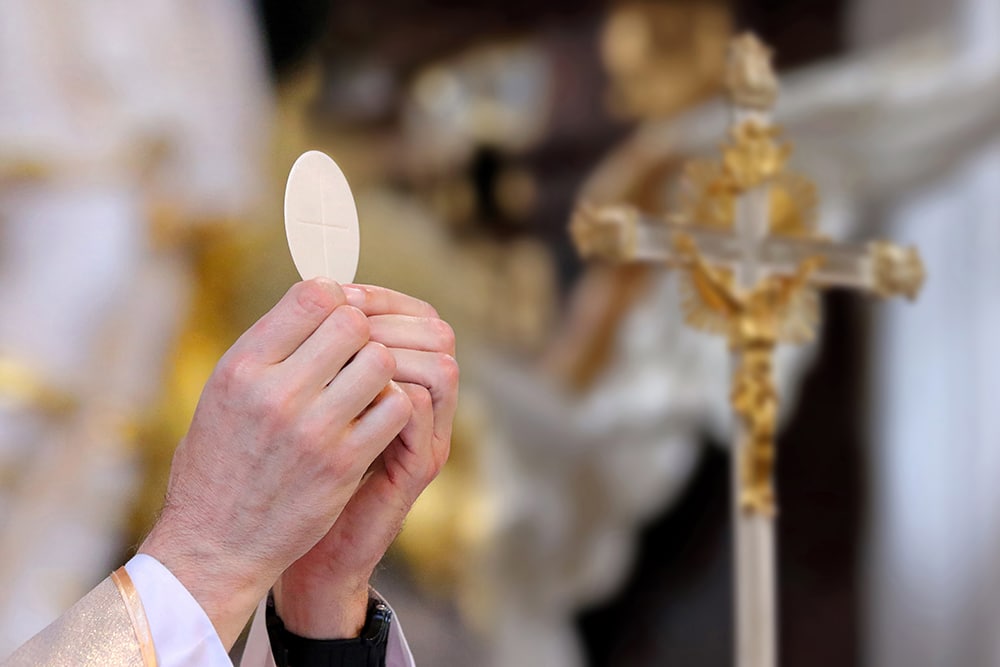Dear Friend,
You will often hear people tell you to think of prayer as a relationship. Do not do that. At least, do not start from there. Beginning by thinking of prayer as a relationship will inevitably lead you to think of this “relationship” as compared to other relationships.
In fact, without meaning to, you will bring your ideas about what a relationship should be to prayer, which means that you will hold God to expectations that you have. The point of prayer is that it is not a relationship among equals. To the extent that prayer is a relationship, it is a relationship between you as a creature and your God who created you. The terms are not equal — they are anything but equal.
I’m placing a lot of emphasis on this one point in my first letter to you on prayer. I know I run the risk of making prayer sound unattractive and thus losing your interest. I do want to appeal to you, but most of all I want to tell you the truth, and I think the idea of prayer as “relationship” gets in the way.
Yes, of course, prayer is relational from start to finish. That is not the issue. The issue is with the ideas of a “relationship” that we would bring to this encounter. This letter is the first of two letters I will write to you on “how to pray,” and the point of this one is to lead us away from any idea of prayer as a relationship among equals and toward the right kind of predisposition for praying.
I should think about softening my point now, but, perhaps foolishly, I will not. To the contrary, I am going to press my point even further. I will do that by sharing with you what St. Catherine of Siena discovered about herself and God through her encounters with God in prayer. Her encounters became so vivid and so full that she often heard God speaking to her very directly, so much so that when she wrote about prayer she routinely wrote in God’s own voice. The following is what she wrote about the fundamental truth about herself in relation to God, written here in God’s voice:
“Do you not know, dear daughter, who you are and who I am? If you will know these two things you will be blessed. You are the one who is not, while I am He who is.”
That doesn’t sound right, does it? We are supposed to believe in ourselves, trust in ourselves and become convinced that we are enough just as we are. Yet here God says, “You are the one who is not!” Isn’t that what all marketers want us to think? That we are not enough, that we are not fulfilled, that we are not complete, so we need something to make us whole or better. Yes, that is what marketers want us to think. And yes, God says to Catherine in prayer: You are not.
But here is the difference between God and the marketers: The marketers want something from you, and God does not. Even more, the marketers want to tell you who you should be, and God wants to tell you who you are. When God says, “I am He who is,” he means that he does not need you so that he might “become himself” or turn a profit or be satisfied. He just is. And what’s more, each of us comes to exist because God is for us. For us, God is our life; for us, God is our security; for us, God is present.
So here’s the thing that Catherine learned: When we enter into prayer with God, God does not need us, and God does not need anything from us. In other words, God is not using us for something. Instead, God comes to us even though we owe God everything. We are not and God is; and yet we are because God is for us.
Listen, then, to the next line of what Catherine hears God speak to her: “Have this knowledge in your soul and the Enemy will not be able to trick you.”
All the tricks of the enemy — who wants only to deceive us and control us — play upon one and only one thing: that we forget that God is God, and we are not.
How easy it is to make up our own rules for life. How tempting it is to let some other person or some other force tell us who we are and how we will be happy. How convenient it is to just go with the flow and see where we end up. All of these are little ways of forgetting that God is God, and we exist and live only because God is for us.
Do you see why I have been making such a big deal out of not thinking of prayer as a relationship among equals? God is God, and we are God’s creatures. God creates us. And in Jesus Christ, God claims us as his own beloved children. And by the Holy Spirit, God breathes his life into us. The right way to enter into prayer is to enter as someone in need.
You may remember the parable of the Pharisee and the tax collector (cf. Lk 18:9-14). Two men go to the Temple to pray. The first man, a Pharisee, is very pleased with himself. It says that he “prayed thus with himself,” and then he goes on to recount all of his own virtues. He has come there to tell God that he, the Pharisee, is enough. More than enough, even. And he thanks God for not making him like other people who are less than him, people who steal and lie and sin. People like the tax collector, who is also at the Temple praying.
That second man — the tax collector — does not say much. All he says is “God, be merciful to me, a sinner.” That is his whole prayer. He stands at a distance, his eyes are downcast, and he beats his breast. If he knows anything, he knows that he is not enough. In fact, he believes that he is not — not virtuous, not deserving, not entitled. But the other thing he knows, at the same time, is that while he is not, God is. He approaches God as a beggar.
This, my friend, is the real point of this first letter on prayer that I am writing to you. The point is that to learn how to pray, we have to learn how to approach God as beggars. We are in need, and God is the one who does not need anything from us. But God’s whole point from the beginning of creation through all of salvation history is that this is just who God is: He is the one who desires only to give us all that we need.
If we remember that, we can never be tricked. But to remember that, we cannot just think about it, we must also practice it. I mean, we must practice begging God.
That is the heart of prayer: begging God. We can enter into prayer when we stop trying to approach God as an equal or as someone who needs something from us and rather approach him as the one from whom we need everything. I know that sounds unbecoming of mature and dignified people like us, but that’s kind of the point. God is God, and we are his creatures.
This is a hard lesson. I know that. It is hard for me, too. I do not want to be a beggar; I want to be self-sufficient. So one practice I started adopting, and maybe you can think about it, too, is that every day I try to beg God for what I need — or at least what I think I need. I don’t just pray about what I need — I actually beg. How do you beg? Part of begging is in your body — you kneel, you lie flat on the floor, you open your hands, you press your hands firmly together, you bow your head, you lower your eyes. In sum, you ask in all humility, even as you ask in confidence.
I have not written much yet about how to pray other than to say that prayer begins with begging God. In my next letter, I will try to give you more guidance on the practices of prayer — how to actually pray. Who knows, that letter might become two letters before I’m done writing to you about prayer. But for now, I have tried to give you the most bedrock, foundational, and therefore utterly practical guidance I could give you about how to pray. For you or me to pray — really pray — means approaching God as God and accepting ourselves as God’s creatures: beloved, but nothing without him.
Our relationship with God is on God’s terms, and in prayer, we accept those terms.
Sincerely,

Leonard J. DeLorenzo, Ph.D., works in the McGrath Institute for Church Life and teaches theology at the University of Notre Dame. He is the author of “What Matters Most: Empowering Young Catholics for Life’s Big Decisions” (Ave Maria, $16.95).







